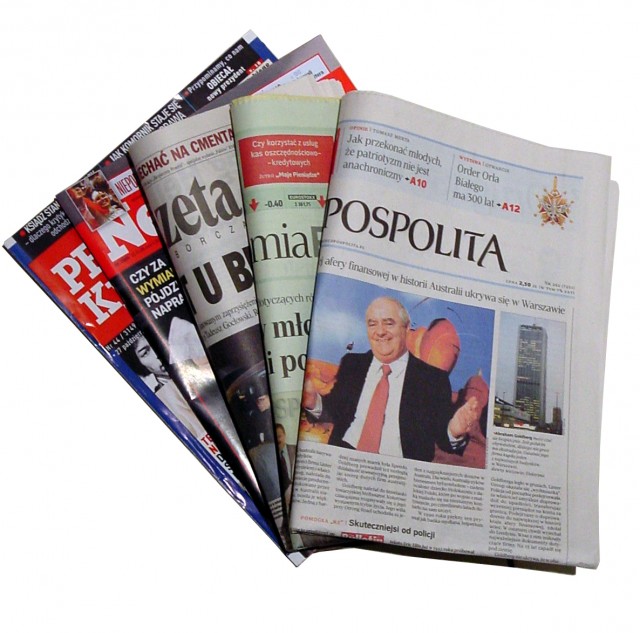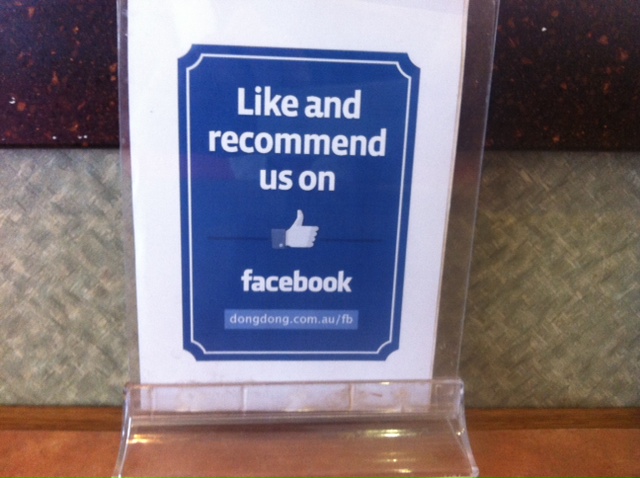With media companies around the world struggling to make money, the publishing platforms on Facebook and Google promised to bring in much needed income streams. They appear not to have worked.
Business Insider reports how US based premium publisher trade body Digital Content Next surveyed its members on their online platform income and discovered some disappointing answers.
On average, premium publishing companies generated $773,567 in the first half of 2016 by distributing their content on YouTube. Content published to Facebook earned an average of $560,144 in the period, Twitter generated an average of $482,788, and Snapchat generated $192,819 for each publisher in the sample.
To call these returns derisory is an understatement and it illustrates how the current media model is unsustainable as it’s impossible to sustain a basic newsroom, let alone produce investigative features with those sort of budgets.
It isn’t just the media model that’s unsustainable, Business Insider cites the CEO of Digital Content Next, Jason Klint, who flagged in a blog post last year that all the growth in digital advertising is being accounted for by Facebook and Google – the rest of the industry is shrinking.
Even Facebook and Google aren’t immune from the unsustainable model that’s currently in place, Klint points out that fraud and intermediaries further skew the model which undermines advertisers’ confidence in the platforms and online media in general.
For the moment though, the intermediaries seem to be doing okay. Klint cites IAB research which claims AdTech companies are making 55% of the online advertising industry’s revenues while publishers are only getting half.
That illustrates how the tail is currently wagging the dog with publishers and content creators losing out while middlemen who add little in the way of value get the bulk of the revenue. That too is not sustainable.
We’re still in early days for online media and the models are still being worked out. While we wait for the 21st Century’s David Sarnoff many sectors are threatened including the advertising, marketing and PR industries. At least the publishers aren’t alone.
Similar posts:



